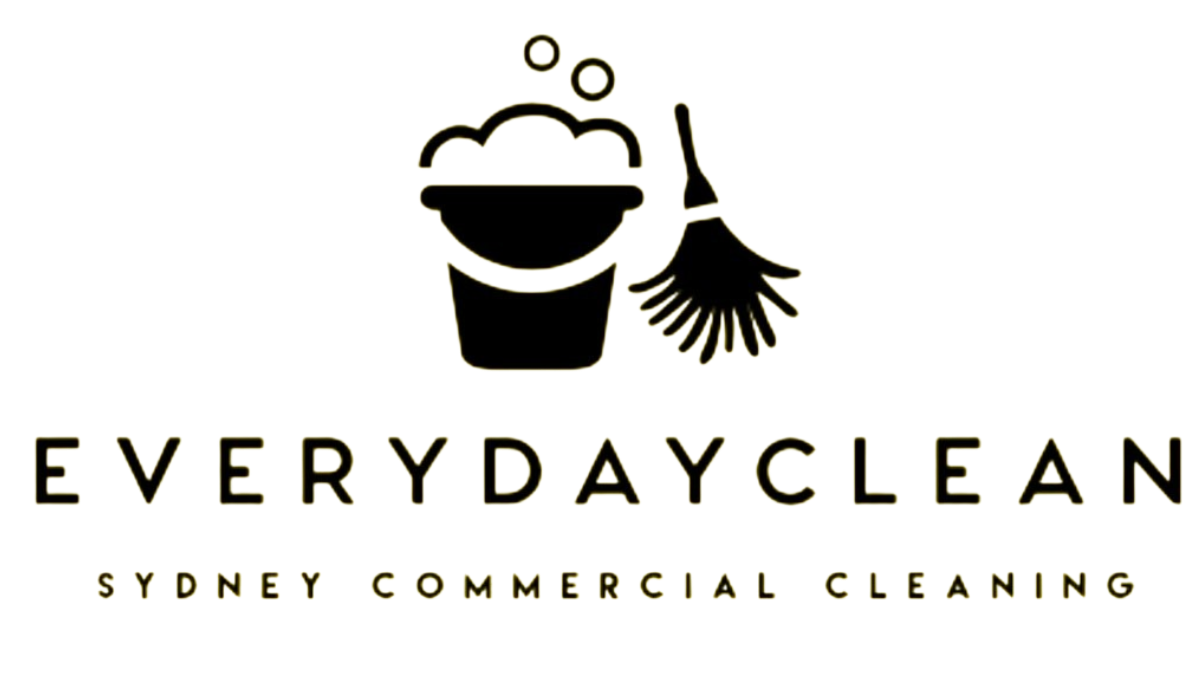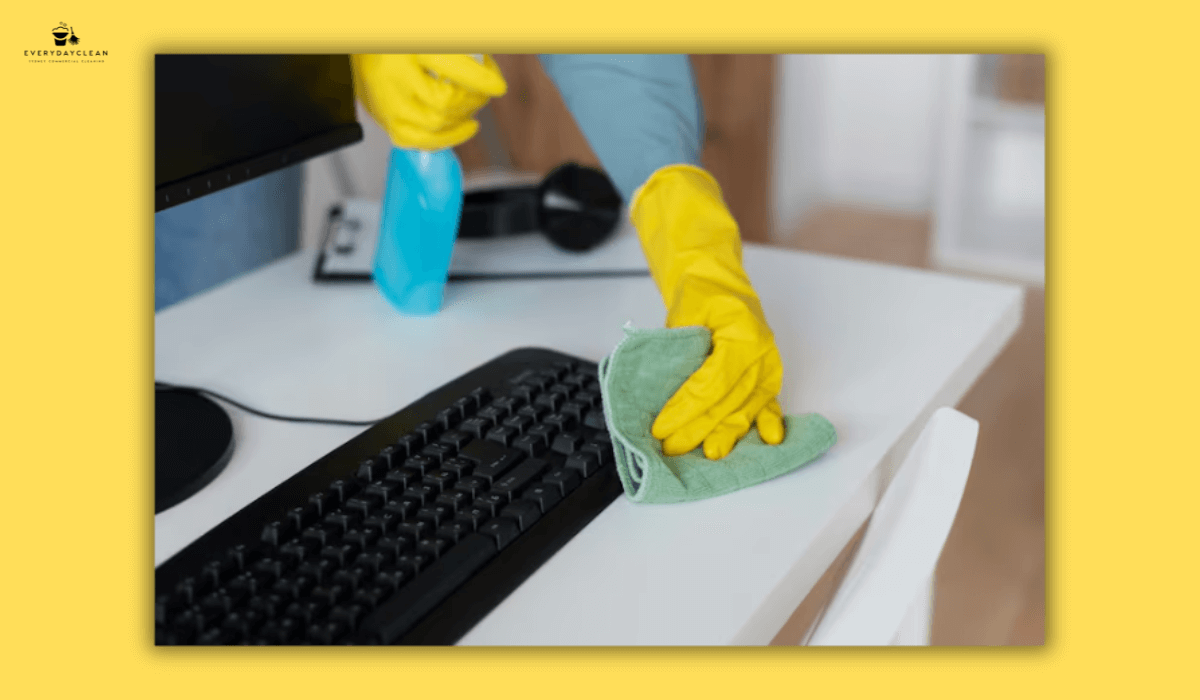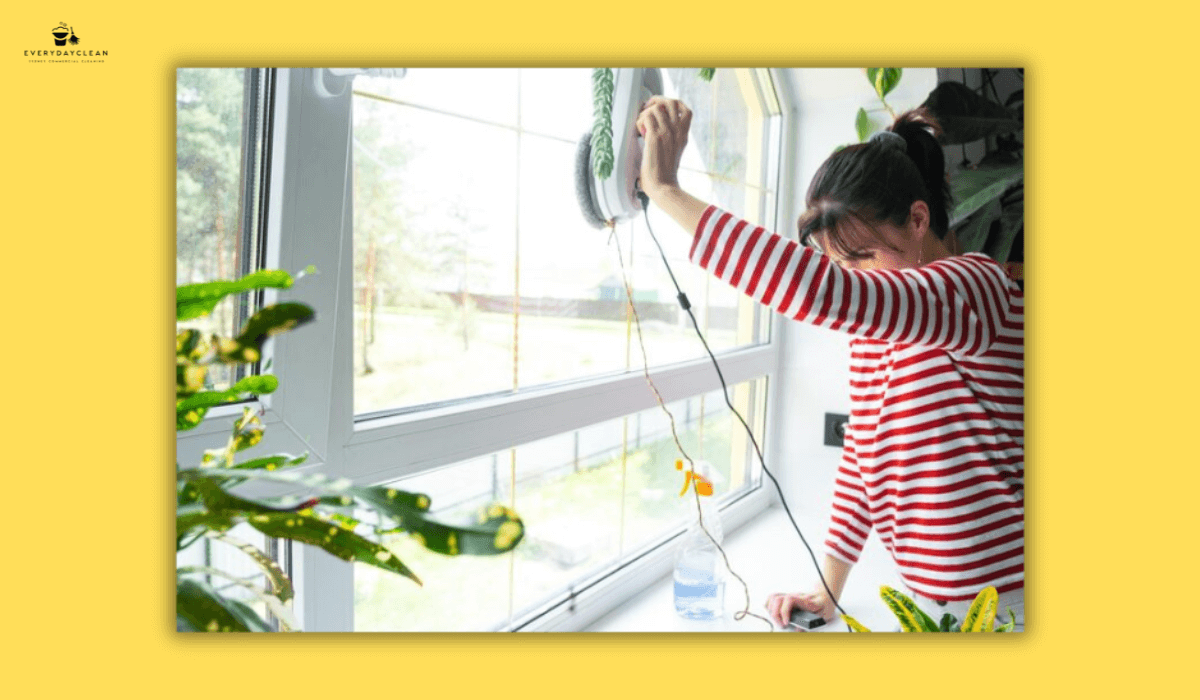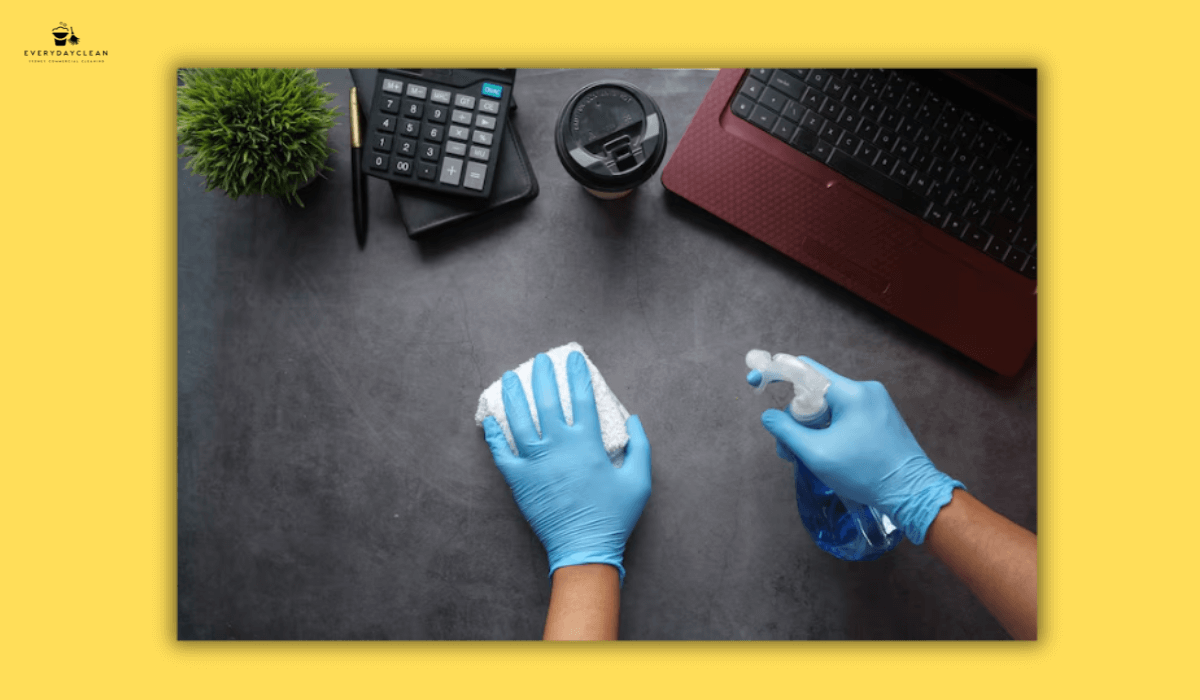7 Key Steps for Professional Facility Cleaning Sydney Hospitals
Facility cleaning in Sydney hospitals demands precision, scheduling, and surface-safe systems that maintain order, safety, and compliance. Unlike clinical disinfection, professional facility cleaning focuses on hygiene presentation, asset protection, and operational readiness. Hospitals that follow structured cleaning routines reduce downtime, improve visual standards, and keep every corridor, office, and waiting area audit-ready.
This guide outlines seven cleaning-focused steps used by professional teams like Everyday Clean to deliver consistent, sustainable results across large healthcare environments.
1. Establish Daily and Weekly Cleaning Routines
Every Sydney hospital needs a documented cleaning plan that defines which areas are serviced daily and which are deep-cleaned weekly. Entrances, corridors, and restrooms require daily attention, while vents, light fixtures, and storage zones can be scheduled for weekly maintenance.
This structured rotation ensures no area is overlooked and prevents visible build-up between major cleans. Consistency also supports audit trails—proof that every space meets presentation standards year-round.
2. Prioritise High-Touch and High-Traffic Areas
Door handles, lift buttons, desks, and handrails accumulate dirt faster than any other surfaces. Cleaning teams should begin every shift by targeting these areas using colour-coded cloths, neutral detergents, and microfibre systems that remove residue without scratching metal or vinyl.
Addressing touchpoints first improves visible cleanliness and reduces cross-contact. It also ensures that busy public spaces such as lobbies, nurse stations, and waiting rooms remain spotless throughout the day.
3. Maintain Flooring for Safety and Presentation
Hospital flooring endures constant movement—from trolleys to heavy foot traffic—so it must be cleaned with care. Professionals alternate between dry dusting to capture fine debris and wet mopping with neutral cleaners to remove grime. Spot treatments handle stains before they set.
This balance protects slip resistance while preserving shine. For Sydney hospitals, where polished floors contribute to overall presentation, daily inspection and quick response to spills are essential.
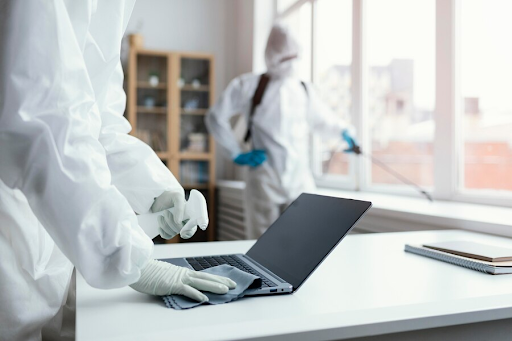
4. Integrate Advanced Cleaning Equipment
Modern technology allows cleaners to work faster and more safely. HEPA-filtered vacuums trap fine dust that ordinary machines recirculate, improving indoor air quality. Touchless spray systems distribute solutions evenly on walls and partitions, reducing handling time and chemical exposure.
When used systematically, these tools cut cleaning time without compromising quality—ideal for large, continuously operating facilities that require both precision and efficiency.
5. Adopt Sustainable and Low-Fragrance Cleaning Agents
Eco-preferred cleaning products protect both materials and indoor comfort. Everyday Clean uses biodegradable, low-fragrance solutions that leave surfaces spotless without lingering odours. Refillable dispensers and measured dosing reduce waste and align with hospital sustainability goals.
For facility managers, this approach means consistent results, safer storage, and easier compliance with environmental reporting standards—all while maintaining a polished appearance across administrative and public areas.
6. Ensure Staff Training, Supervision, and Quality Audits
Professional facility cleaning depends on skilled staff and accountability systems. Every cleaner completes site-specific induction covering workflow, safety, and equipment use. Supervisors then perform routine digital quality audits, capturing completion data and photographic verification.
This transparent reporting gives facility managers confidence that standards are met daily. In Sydney’s regulated healthcare sector, this documentation supports compliance and demonstrates ongoing performance control.
7. Schedule Cleaning Around Hospital Operations
Cleaning schedules must adapt to hospital flow. Most Sydney hospitals prefer off-peak or overnight cleaning to minimise disruption during patient hours. Everyday Clean coordinates with facility managers to plan access windows that fit seamlessly with operational timetables.
This flexibility allows detailed work—like polishing floors or cleaning vents—to happen without affecting staff or visitors. The outcome is a continuously clean, professional environment that supports hospital efficiency.
FAQs About Facility Cleaning for Sydney Hospitals
Before exploring the details, it’s important to note that facility cleaning focuses on presentation and maintenance—not clinical disinfection. The following questions clarify how the process works in Sydney’s healthcare environments.
How does hospital facility cleaning differ from regular commercial cleaning?
Facility cleaning for hospitals follows stricter documentation and workflow separation between departments. Cleaners operate under approved schedules and record each task for audit traceability. Unlike general commercial cleaning, which targets hygiene comfort, hospital facility cleaning ensures consistency, safety, and surface protection across multiple zones—without interfering with patient care.
Can cleaning services be performed outside regular hours?
Yes. Most hospitals request cleaning during evening or overnight shifts. Off-peak cleaning allows teams to cover entrances, corridors, and administrative areas without disrupting staff or patients. It also enables deeper work, like floor stripping or vent dusting, to be completed efficiently. This flexible approach keeps high-traffic spaces spotless by morning.
Are the cleaning agents scent-neutral and safe for sensitive areas?
All cleaning solutions used in hospital environments are low-fragrance, non-corrosive, and biodegradable. These products clean effectively while maintaining air comfort for staff and visitors. Everyday Clean’s eco-preferred range ensures surfaces are residue-free, safe on all materials, and compliant with environmental standards.
How frequently should high-traffic areas be cleaned?
Frequency depends on use. Corridors, lobbies, and restrooms typically require multiple cleans per day, while offices and storage areas follow morning and evening rotations. The aim is prevention—removing dirt before it accumulates. Professional teams use digital scheduling tools to track coverage and guarantee consistency across all departments.
Request a Custom Facility Cleaning Plan
Everyday Clean delivers professional facility cleaning for Sydney hospitals, focusing on maintenance, sustainability, and presentation. Our licensed cleaners use HEPA-filtered equipment, eco-safe products, and structured workflows to maintain spotless conditions across entrances, offices, and shared corridors.
Contact us today to design a tailored cleaning plan that fits your hospital’s layout, timing, and compliance requirements.
Final Thoughts
In Sydney’s hospital environments, facility cleaning is about precision and reliability—not medical sanitation. A disciplined cleaning schedule protects surfaces, preserves appearance, and reinforces professionalism. With trained staff, advanced technology, and transparent reporting, Everyday Clean ensures healthcare facilities remain clean, compliant, and consistently inspection-ready.
Author: Everyday Clean Content Team
Everyday Clean is Sydney’s trusted provider of
commercial, healthcare, and facility cleaning services. Our certified specialists use eco-friendly, HEPA-equipped systems to deliver spotless, compliant environments across workplaces and public institutions.
